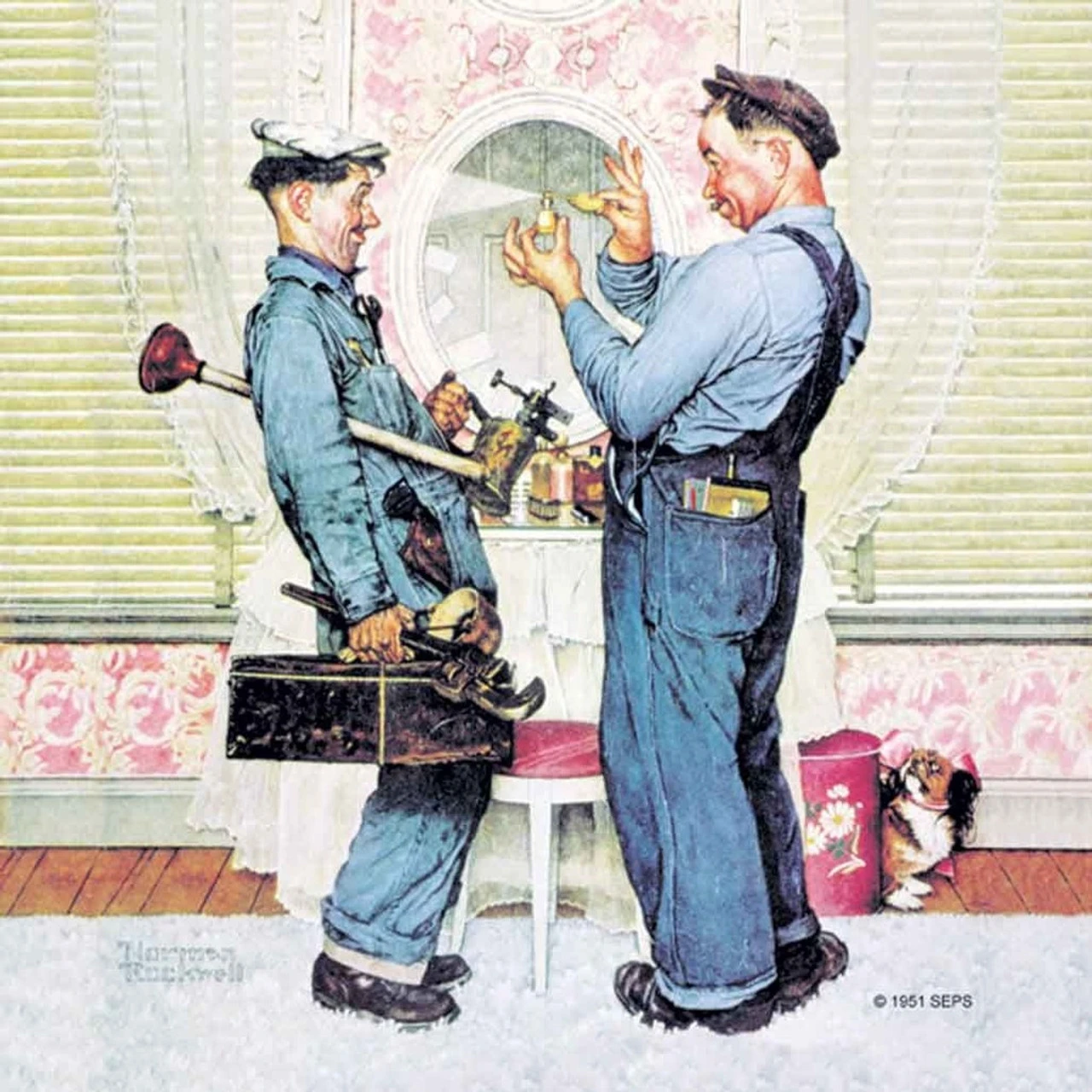The Roots of Mark Twain: Hannibal’s Influence on an American Icon
2024
Mark Twain’s childhood in Hannibal, Missouri, shaped his literary works and, in turn, Twain immortalized Hannibal. Few American authors are as influenced by their hometowns as Twain. His childhood in this small Missouri town gave rise to some of the most famous characters in American literature. It was a reservoir of memories and experiences that Twain would draw from repeatedly.
Samuel Langhorne Clemens, known as Mark Twain, was born in Florida, Missouri, on November 30, 1835. He was the sixth of seven children born to John and Jane Clemens. Twain's early years were fraught with illness, and the family endured the tragic early deaths of three of his siblings. At four, Twain's family moved to the river town of Hannibal. His father, John Clemens, worked various jobs including lawyer, storekeeper, and judge. John also speculated in land, which often left the family in precarious financial situations. Twain inherited his father's speculative nature, which later led to financial troubles despite his literary success.
Hannibal, later fictionalized as “St. Petersburg” in Twain’s works, provided the backdrop for many of his stories. Twain spent his childhood exploring the town and its surroundings with a group of friends. This period inspired many of his characters and scenes in his novels. Laura Hawkins, Twain’s childhood crush, became the inspiration for Becky Thatcher in "The Adventures of Tom Sawyer." Hawkins and Twain were schoolmates and lived on the same street. Their friendship endured into adulthood. Twain’s younger brother, Henry, inspired the character of Sid in "Tom Sawyer." Twain and Henry were close, and Twain encouraged Henry to join him as a riverboat pilot. Henry’s death in a steamboat explosion at age 20 haunted Twain throughout his life. The character of Tom Sawyer was based on Twain himself and two friends, John B. Briggs and William Bowen. However, some believe the name was borrowed from a fireman Twain knew in the 1860s.
Initially, Twain claimed to have invented Huck Finn, but he later admitted that the character was based on Tom Blankenship, the son of Hannibal’s town drunk. Blankenship was admired for his independence and carefree nature. Twain described him as uneducated and unwashed, yet possessing a good heart and true freedom. Huck Finn, introduced in "Tom Sawyer" and later the protagonist of his own book, became Twain’s most enduring and controversial character. "The Adventures of Huckleberry Finn" is notable for its use of vernacular and its portrayal of Jim, a runaway enslaved person. The novel has been criticized for its language and depiction of race, leading to frequent bans.
"The Adventures of Huckleberry Finn" reflects Twain’s attempt to reconcile his childhood memories with the harsh realities of slavery. Missouri was a slave state, and Twain’s family owned enslaved people. Twain’s father and other family members were slaveholders, and Twain himself grew up accepting slavery as normal. Twain’s experiences with enslaved people on his uncle’s farm and stories from his sister-in-law’s workers informed his portrayal of Jim. A story about Tom Blankenship’s brother helping a runaway enslaved person inspired the relationship between Huck and Jim.
Twain’s childhood ended abruptly at age 11 when his father died, plunging the family into financial instability. Twain left school and worked various jobs, including as a printer’s apprentice. He later worked for his brother’s newspaper and other publishers before becoming a riverboat pilot on the Mississippi River, a job that influenced much of his writing. The pen name “Mark Twain” came from his riverboat days, signifying a depth of two fathoms, or safe water for navigation. Though his riverboat career was short, it left a lasting impact. Twain’s 1883 book, "Life on the Mississippi," was inspired by a nostalgic journey he took along the river two decades later.
Twain’s relationship with the South was complex. He saw it as both a cherished boyhood home and a place of deep social and racial issues. Though he left the South young and seldom returned, it remained a significant influence on his work. His attitudes towards the South and its people evolved over time. Twain’s early acceptance of slavery changed as he moved North and later married into an abolitionist family. His later works, including "The Adventures of Huckleberry Finn" and "Life on the Mississippi," reveal a critical view of Southern society.
Twain’s humor, characterized by a grave delivery and wandering narratives, is evident in many of his stories. He believed that humorous stories could meander without a clear conclusion, focusing instead on delivering a punchline. His story "The McWilliamses and the Burglar Alarm" exemplifies this style. Twain described various humorous scenarios with a straight face, enhancing the comedic effect. This approach influenced many humorists who followed him. Twain’s short stories, though often overshadowed by his novels, showcase his mastery of humor. He used everyday situations and characters to create relatable and funny narratives. Twain’s influence on American literature extends beyond his novels to his innovative use of humor and vernacular.
Mark Twain’s childhood in Hannibal, Missouri, profoundly influenced his literary works. The characters, settings, and experiences from his early years became the foundation of his stories. Twain’s ability to blend humor with serious social commentary has made his works enduringly popular. His legacy as a writer who captured the essence of American life and its complexities continues to resonate with readers today.
